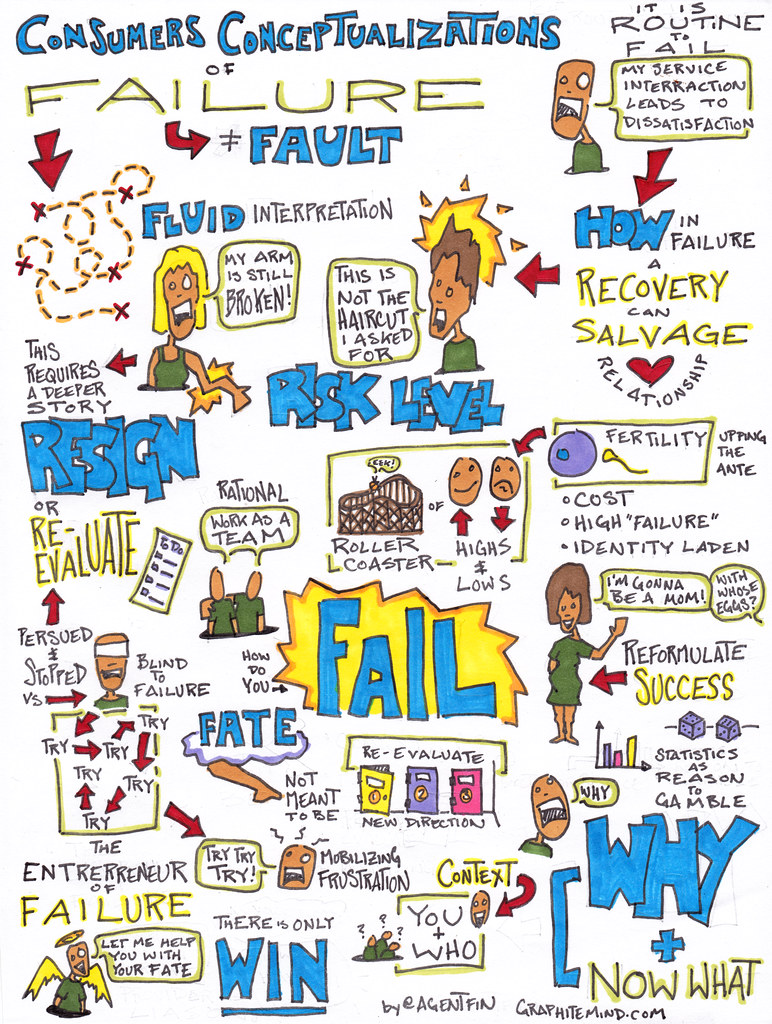Data from a new study has revealed a key correlation between the passage of time and a hard drive’s failure rate. The results will be of particular interest to IT experts and large businesses, who prioritize reliability and longevity from their IT hardware.
For the study, researchers at the University of Illinois Urbana-Champaign studied the usage patterns and failure rates of a sample of hard drives used in several large organizations over a period of three years. The researchers found that hard drives that reached their fourth birthday had failure rates (the probability of hard drive failing) 30 times higher than hard drives with less than three years of use.
The results suggest that hard-drives have an estimated lifespan of between three and four years, beyond which their failure rate increases dramatically. This could prove a useful benchmark in determining when hard drives should be replaced or upgraded to reduce the risk of hardware failure.
The study’s authors believe there are two main reasons for the accelerated failure of hard drives after a certain age. The first is that the number of bad sectors increases over time, as the read and write heads experience more wear and tear. This shortens the lifespan of the drive but also reduces its overall performance.
The second factor is related to advanced hardware features such as self-monitoring, analysis and reporting technology (S.M.A.R.T.), which is used to detect and report the overall health of a drive. As a hard drive ages, it can become less accurate in these assessments and thus more prone to unexpected breakdowns or data loss.
The results of this study have important implications for organizations looking to increase the life expectancy of their IT hardware. With knowledge of this three-year target, businesses can now plan to upgrade their drives or arrange regular maintenance to prevent sudden and life-threatening hardware failure.
Overall, the finding of this study is of great importance to the owners of IT hardware, as the accelerated failure rate posed by aging hard drives could represent a significant source of cost and inconvenience. Companies will have to factor in regular upgrades and maintenance to ensure their data remains secure and reliable.

